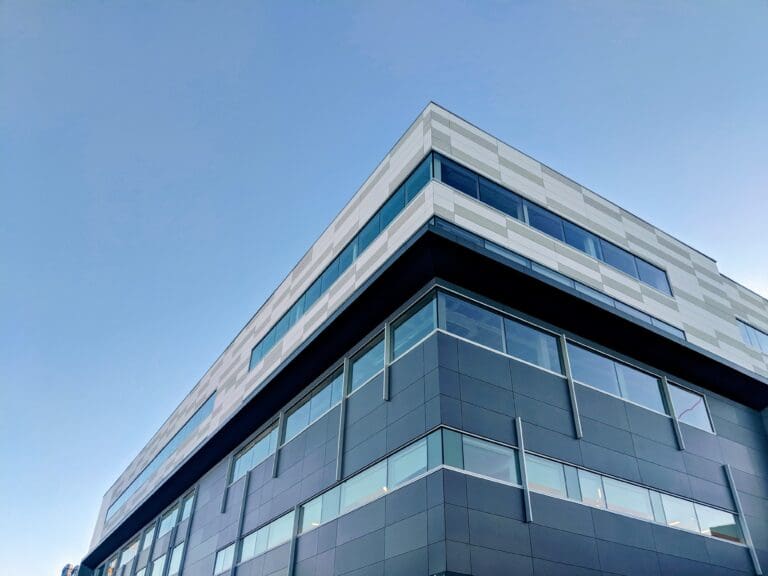Since the financial crisis, the Federal Reserve has held short-term interest rates near zero. Based upon a more stable US economy, the Fed is currently analyzing the need to raise rates. If you were to ask five people their opinion of the Federal Reserve’s current position related to interest rates, you would likely receive five different answers. There are those who say that with the economy improving and unemployment rates moving lower, a case should be made to raise rates at the next meeting. Others believe that the Fed needs to experience several more months of labor market improvement, along with the stabilization of energy prices, before initiating any rate increases.
If there is one common dominator, it is that most everyone agrees that the Fed will raise interest rates at some point in the future. Trying to predict when the first rate hike will occur is anyone’s guess.
IMPACT ON PROPERTY VALUES
Rest assured when the Fed does decide to raise rates, there will be an impact on commercial real estate lending and property values. The materiality of the impact on the economy and particular commercial real estate will depend on the initial rate increase amount and the frequency of subsequent hikes. However, any level of a rate increase likely will have consequences either immediately or in lagging manner. Those consequences may include increased cost of debt capital, increased capitalization rates (or “cap rates”) and ultimately lower property values.
As the economy continues to improve and the Fed raises rates to control inflation, commercial real estate property values will likely become stressed and experience a period decline in markets absent offsetting rental increases.
In order for property values to remain stable during periods of rising interest rates and subsequent increases in cap rates, additional cash flow is required. A property’s ability to increase cash flows is contingent on contractual rental increases in existing leases; timing of lease expiration\’s; the ability to renew leases at higher rates; and the property’s occupancy level and overall fundamentals of the submarket.
IMPACT ON LENDERS
The risk of default is a common characteristic found in all loans. General underwriting guidelines are designed and applied to assist lenders to mitigate potential default risk. However, it must be understood that each commercial real estate property is unique due to its position in the market, the condition of the property, the current tenancy, the economic climate and the management of the subject. Therefore, the risk analysis should always be property-specific.
As a result of rising interest rates and the possibility of declining property values, commercial real estate lenders will likely reevaluate and modify their underwriting standards, and implement revised risk mitigating strategies that consider current economic conditions.
There are fundamental risks associated with commercial real estate lending. In periods of rising interest
rates and declining property values, components of commercial real estate loans have to be evaluated for the potential risk of default. Lenders will analyze the value of the collateral, the liquidity of the borrower and the tenancy of the property. All three elements assist the lender in assessing risk by calculating the equity in the transaction, projecting the ability of the sponsor to supplement or support the property debt service, if needed, and the probability of tenants renewing their lease terms at market rates.
IMPACT ON BORROWERS
As the Fed continues to evaluate the need to raise rates, some borrowers are exhibiting an extraordinary sense of urgency to get their purchase transactions or refinancings completed. The objective of many property owners is to “lock-in” a long-term fixed rate solution in the event that the Fed’s action has either an immediate or lagging effect on the commercial real estate market.
Now may be the time for borrowers to evaluate their long-term financing needs, given the possibility of rising interest rates over the foreseeable future. Historically, commercial real estate investors tend to take advantage of low long-term fixed rates in a rising interest rate environment. Some borrowers see the cost of existing prepayment penalty structure as prohibiting them from refinancing, while others calculate the benefit of locking in at today’s low rates and refinancing before interest rates rise more than offset the cost.
Borrowers benefit from working with their mortgage broker in order to evaluate their financing options. Those options will likely take into consideration the structure of the transaction; possible payment of prepayment penalties; equity available; strategy for the property and various types of loan products to consider. Loan products may include, but are certainly not limited to, permanent; bridge; or mezzanine.
The mortgage broker’s knowledge in these areas provides the borrower with the timely and meaningful information needed to make an informed decision.
CONCLUSION
The words “rates are going to rise” have been quoted for several years. Even the most cynical observer has to agree that the Fed cannot keep rates near zero indefinitely. Regardless of when the Fed decides to give serious consideration to a rate hike, the outcome will impact many sectors of the economy, and commercial real estate will not be exempt. The materiality of the hike and the amount of time for the full effect to take place will influence the severity of any Fed action.
Commercial real estate investors and borrowers alike who are contemplating financing their properties are beginning to evaluate various options in order to hedge against possible cap rate increases and valuation declines.
No one knows for sure when the Fed will act, but we do know for sure they will at some point in the future.
Click here to view the entire Summer 2015 issue of California Mortgage Finance.




